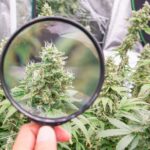The Best Fluffy Pancakes recipe you will fall in love with. Full of tips and tricks to help you make the best pancakes.
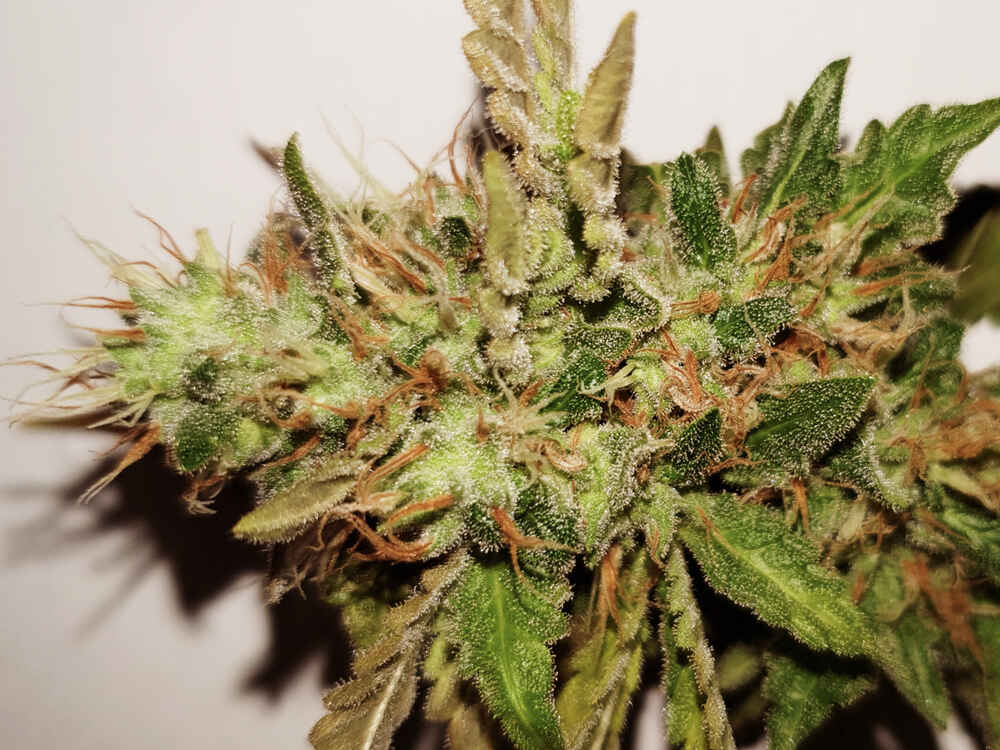
The best skunky weed strains
If you’ve ever cracked open a bag of bud and caught that sharp, funky blast that punches your nose like a rotting citrus peel soaked in gasoline—yeah, that’s skunk. And for many of us breeders and long-time tokers, that skunky stench is the hallmark of proper, old-school cannabis. It’s loud, proud, and unforgettable.
In this article, I’m walking you through what makes a strain “skunky,” which cultivars carry that unmistakable stank, how to grow them, and how to preserve their rich terpene profile after harvest. I’ll also share why I still grow skunk-heavy genetics decades after Skunk #1 changed the game.
Let’s break down the best skunky weed strains, how to spot them, grow them, and enjoy them like a pro.
What makes a strain “skunky”?
Origins of classic skunk genetics – Skunk #1 heritage and breeding history
The skunky aroma that cannabis lovers seek today can trace its roots back to the legendary Skunk #1. This strain was developed in the 1970s by Sacred Seed Co. by crossing three foundational landrace strains: Afghani (for body-heavy punch), Acapulco Gold (for uplifting highs), and Colombian Gold (for flavor and stretch).
Skunk #1 is the original backbone of the skunky lineage. It set the standard for hybrid stability and potency while laying down that unmistakable scent—sweet, sour, and straight-up funky. As a breeder, I’ve used Skunk #1 countless times to stabilize hybrids that needed better yield or uniformity. It’s reliable, predictable, and potent.
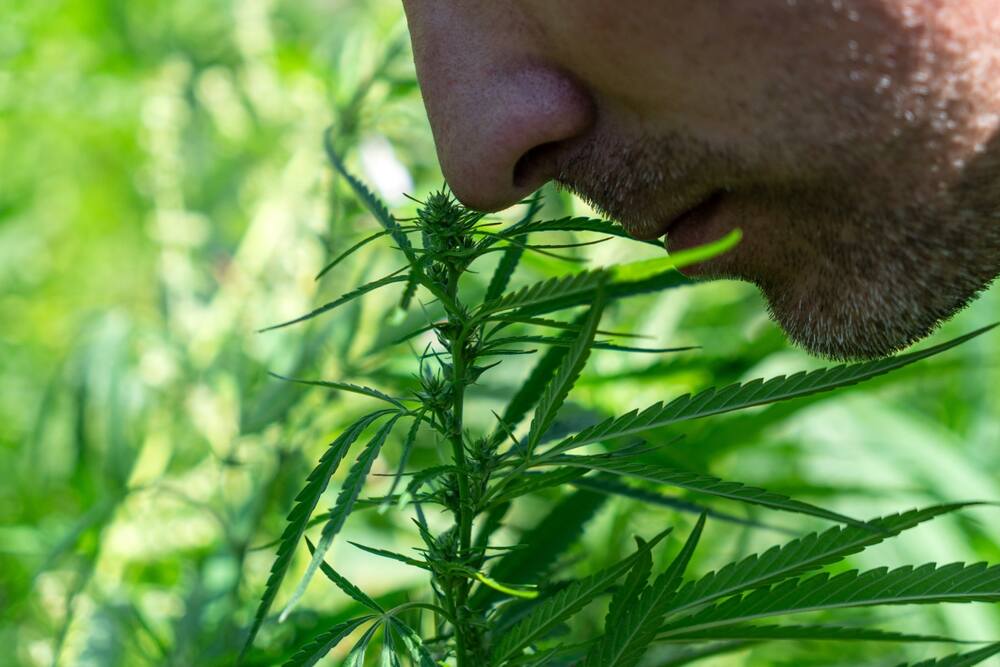
Key terpenes behind the scent – myrcene, caryophyllene, pinene
Skunky strains owe their smell to a specific combination of terpenes, particularly:
- Myrcene: Earthy, musky, with notes of cloves and red wine. It’s often the most abundant terpene in cannabis and can give you that “couch-lock” sedative effect.
- Caryophyllene: Peppery and spicy, this terpene binds to CB2 receptors and also plays a role in anti-inflammatory effects.
- Pinene: As the name suggests, it brings a sharp pine aroma that can add a fresh note behind the funk.
Together, these terpenes create complex, pungent layers of aroma that hit your nose in waves. While not technically “skunky” in the chemical sense (that comes more from sulfur compounds like thiols), these terpenes work synergistically to deliver the classic funk.
Aroma, flavor & effects – earthy, citrusy, pungent
When you smoke a skunky strain, the flavor coats your palate with a blend of earthy base notes, citrusy sharpness, and that unmistakable stank that lingers in your nostrils and on your hoodie. The effect is usually balanced—heady but not chaotic, grounding but not sedating.
You’ll often feel:
- A creative, talkative buzz
- A slightly relaxed, body-melting baseline
- Long-lasting euphoria without paranoia
This is why skunky strains are popular among social smokers and growers alike—they give you great yield, strong aroma, and a reliably enjoyable high.
Top-rated skunky strains you need to know
Skunk #1 – the foundational strain and its high‑THC and balanced effect
Skunk #1 is where it all began. With THC levels ranging from 15% to 20%, this hybrid offers balanced effects that work well for both day and night. The buds are typically large, pale green, and coated in a decent dusting of trichomes.
I recommend it to newer growers who want something stable and forgiving—it flowers in 8 to 9 weeks and isn’t too picky about nutrients or environment. And yes, it reeks.
Super Skunk – descendant of Skunk #1 × Afghani, dense buds and strong aroma
Super Skunk cranks up the potency and the smell. By crossing Skunk #1 with a heavy Afghani indica, breeders created a strain that delivers:
- Dense, resin-soaked buds
- Shorter flowering time
- A stronger, more sedating high
If Skunk #1 is smooth jazz, Super Skunk is punk rock—louder, grittier, and way harder-hitting. This one is ideal for late-night smoke sessions or when you just want to melt into your sofa and watch your ceiling fan spin.
Lemon Skunk – citrusy, skunky hybrid with euphoric creative effects
Lemon Skunk takes the skunky lineage and adds a bright citrus twist. Bred from two distinct Skunk phenotypes with heavy lemon profiles, this sativa-leaning hybrid is:
- Uplifting and euphoric
- Perfect for creative tasks or socializing
- A good daytime smoke that doesn’t fog your brain
Flavors range from sweet lemon peel to sour skunk funk. I’ve had batches that smelled like someone mixed floor cleaner with overripe mango—pure madness, in the best way.
Early Skunk, Shiva Skunk, Orange Bud – variations with unique terpene twists
- Early Skunk: Crossed with Early Pearl for faster flowering outdoors. It’s mold-resistant, sturdy, and stinks like a wet forest floor—great for guerilla grows.
- Shiva Skunk: Skunk #1 × Northern Lights #5. This is a knockout indica hybrid that brings a skunky, hash-heavy aroma with body-numbing effects.
- Orange Bud: Technically a Skunk derivative, this one leans more sweet and citrusy, but still carries a solid earthy backbone. Easy to grow, high yield, and visually stunning with bright orange hairs.
Modern hybrids (e.g. Skunk XL, Big Bud Skunk, Critical Skunk, Incredible Bulk) – yield, flavor, potency
Modern breeders have taken skunky genetics and retooled them for today’s market. Some newer standouts include:
- Skunk XL: Bred for high yield, consistent growth, and that classic funk with a fruity finish.
- Big Bud Skunk: Gigantic buds with a mellow high—ideal for commercial growers.
- Critical Skunk: Compact, potent, and fast. Good for stealth grows.
- Incredible Bulk: Not just skunky but straight-up obnoxious—smells like gym socks and rotting fruit in the best way possible.
These hybrids blend skunk aroma with modern stability and yield improvements, giving you more grams per watt and fewer headaches during the grow.
Growing and yield characteristics of skunk strains
Easy-to-grow traits – resilience, flowering time, beginner-friendly
Skunky strains are often chosen by beginner growers because:
- They’re forgiving when it comes to feeding
- They handle stress like champs—topping, LST, pruning
- They have relatively short flowering times (usually 7 to 9 weeks)
- They resist pests and molds better than most fruity or diesel strains
When I’m training new growers, I always recommend a skunk-heavy strain as their first plant. You’ll learn a ton, and the payoff in buds and stank is worth every watt.
Typical yield estimates – indoor versus outdoor performance
Here’s what you can generally expect:
- Indoor: 400–600g/m² depending on light and grow style
- Outdoor: 500–800g per plant in optimal conditions
Super Skunk and Big Bud Skunk can exceed these figures if you veg long and train wide. I once pulled 900g off an outdoor Lemon Skunk in a greenhouse—it smelled so strong the mailman asked if I had skunks living in there.
Climate and cultivation tips – temperature, humidity, soil and pruning techniques
Most skunky strains do best in:
- Temps between 21–28°C (70–82°F)
- RH around 45% in late flower
- Well-aerated soil mixes with good microbial life
I prefer organic methods for skunk strains—compost teas and top-dressed amendments keep the terpenes rich and complex. Also, prune heavily in veg and early flower to keep airflow strong. Mold will wreck your harvest if you let it creep in.
Harvesting, curing & preserving aroma
When to harvest – trichome color and peak potency signals
You want to harvest when the trichomes are mostly cloudy with 10–20% amber heads. This gives you peak THC with a touch of sedative body stone. Use a jeweler’s loupe or digital microscope to scope them out.
Wait too long, and the skunky sharpness fades into hay. Harvest too early, and you’ll miss out on the terpene-rich stickiness that makes these strains sing.
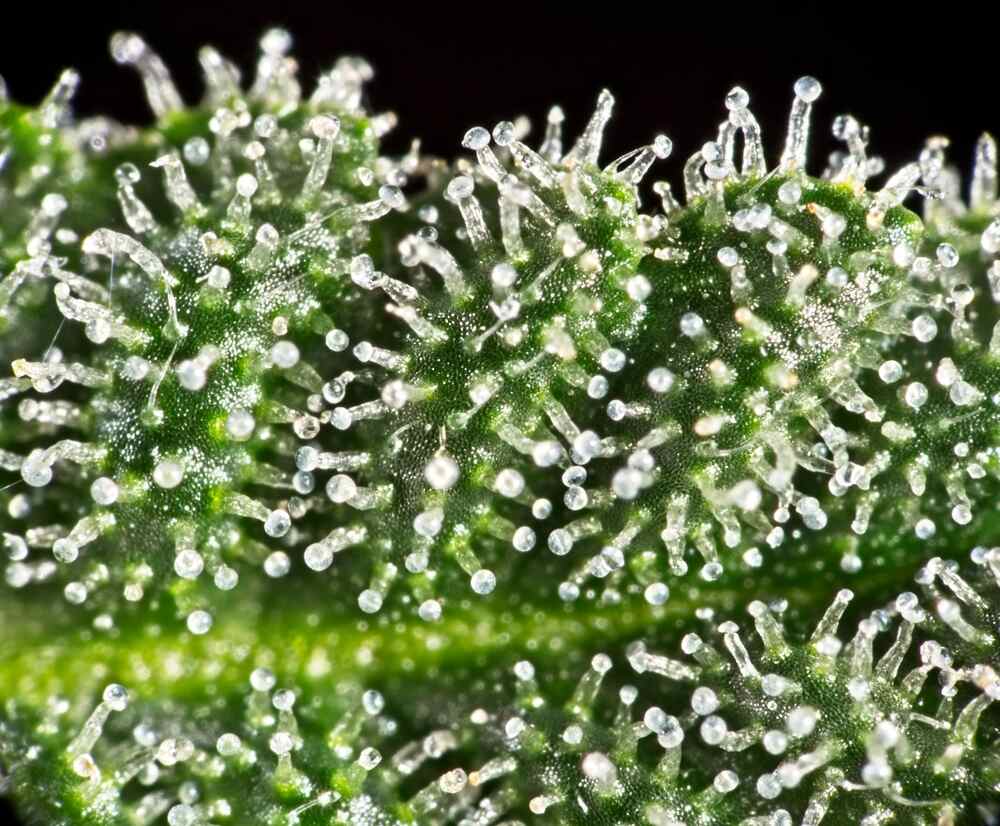
Trimming and drying strategies that preserve terpene-rich aroma
I dry whole plants for 10–14 days in 60% RH at 18–20°C. Then I trim by hand—no machines. Machines knock off trichomes and mash the buds, which mutes the smell.
Store your trimmed buds in glass jars with humidity packs and open them once a day for the first week to “burp” them. This lets out excess moisture while keeping those volatile terpenes locked in.
Curing process – burping, jar technique, duration for optimal flavor
I cure for at least four weeks. Six to eight is even better. Here’s how I do it:
- Glass mason jars, filled 70% full
- Burp daily for the first 10 days
- After that, every 3–4 days for a few weeks
- Store in a dark cupboard at 15–21°C
By week six, the skunky aroma hits its peak—loud, rich, layered. You’ll know it’s done when you crack a jar and instantly get punched in the sinuses.
Why choose skunky strains? Uses, risks & consumer guide
Consumer benefits – strong aroma, potent highs, diverse flavors
Skunky strains are loved for:
- Potent, reliable effects
- Unique flavor profiles that stand out in a crowded dispensary shelf
- Balanced hybrids that offer head and body effects together
They’re great for both recreational and medical users who want full-spectrum relief with personality. You won’t mistake skunk weed for anything else.
Managing strong odor – mitigation tips (e.g., filters, storage)
If you’re growing skunk indoors, carbon filters are a must. I also suggest:
- Negative air pressure in your grow tent
- Ona gel for post-harvest room odor
- Vacuum-sealed storage bags for long-term keeping
Trust me—your neighbors will know what’s up if you don’t lock that smell down.
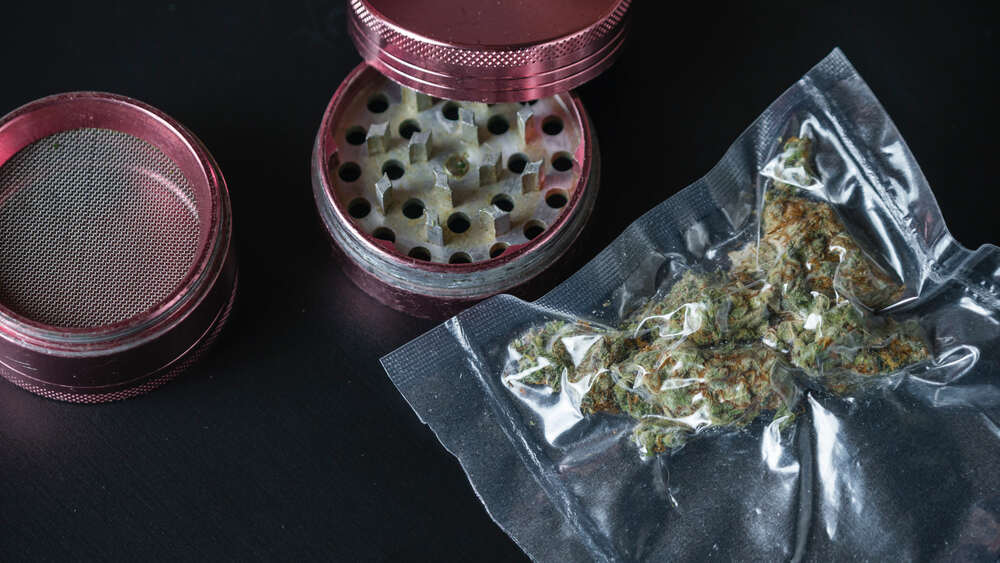
Medicinal & recreational use cases – anxiety relief, creativity boost, relaxation
Skunky strains often sit right in the middle of the sativa–indica spectrum. This makes them excellent for:
- Relieving anxiety and stress
- Boosting mood and social interaction
- Helping with moderate chronic pain
- Creative activities like music, writing, or painting
They’re also good for evening use if you don’t want to crash early. Lemon Skunk, in particular, is my go-to pre-dinner smoke.
Potential drawbacks – skunk stigma, tolerance buildup, legal/regulation context
The downsides?
- Strong odor: If you need discretion, skunky strains are not your friend.
- Tolerance: Heavy smokers can develop a tolerance faster with potent skunk hybrids.
- Stigma: The name “skunk” is still used negatively in some parts of the UK and EU, often lumped in with tabloid fearmongering.
- Legal risks: In non-legal regions, the smell alone can be enough for someone to call the cops. Keep that in mind when growing or storing.
Conclusion
Skunky weed isn’t for the faint of heart—but if you love strong effects, complex aromas, and tried-and-true genetics, it’s a must-have in your rotation. Whether you’re a grower looking for stable yield or a smoker chasing nostalgia, these strains deliver.
Now that you know the origins, the top varieties, how to grow and cure them right, and how to manage their powerful funk—you’re ready to take the skunky plunge. Just make sure your carbon filter is working.


